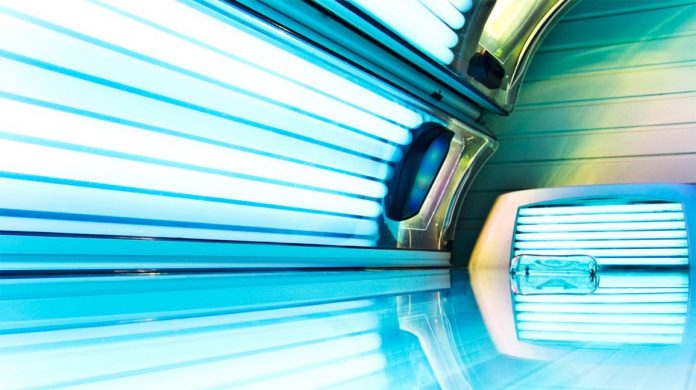The regular use of indoor tanning facilities, frequenting the beach, or just sunning by the backyard pool has been shown to have the chemistry necessary to produce addictive behavior for the first time. Dr. David E. Fisher, chair of Dermatology and director of the Cutaneous Biology Research Center at Massachusetts General Hospital, and colleagues are the first to identify the chemistry involved in tanning addiction.
The researchers based their study on previous reports of addictive behaviors in frequent users of indoor tanning facilities. People that used tanning beds frequently showed withdrawal symptoms and could tell if the tanning bed lamps used ultraviolet light or not. The development of a protein that uses ultraviolet light to initiate the formation of vitamin D in the human body has been known for decades.
The researchers exposed mice to the amount of light that a person would receive in a 30 minute session in a tanning bed. The mice had small portions of their hair shaved to expose the skin but the amount of light did not produce burning. Some of the mice demonstrated addictive behaviors after a week of exposure to regular ultraviolet light in the study that lasted six weeks.
The chemistry was evaluated in the mice. The skin produces a compound that breaks down into several components when exposed to ultraviolet light. One of these components is a beta-endorphin. Beta-endorphin is a naturally manufactured body chemical that reduces pain. The test mice showed an elevated level of beta-endorphin in their skin and blood during the time the mice were exposed to ultraviolet light. The test mice had lower sensitivity to touch in their skin as long as they continued to be exposed to ultraviolet light.
When the test mice were not exposed to ultraviolet light they demonstrated withdrawal symptoms similar to opiate withdrawal symptoms. Administration of an pathway blocker for opiates prevented addictive behavior in another group of mice exposed to ultraviolet light. Mice that were bred without the original protein that produces beta-endorphin did not display any addictive behaviors.
This is the first study that shows chemical proof that regular exposure to ultraviolet light produces addiction and withdrawal symptoms similar to opiates. The researches concede that a little exposure to ultraviolet light may be good for you but excessive amounts are addictive and can cause cancer. One might wonder if an ultraviolet light addiction treatment is the next step in preventing skin cancer.















